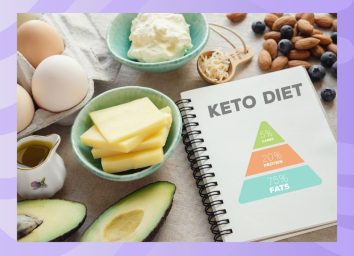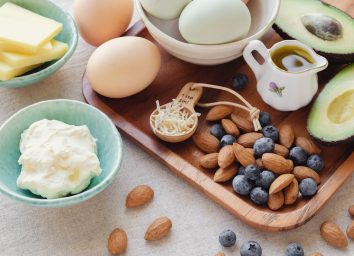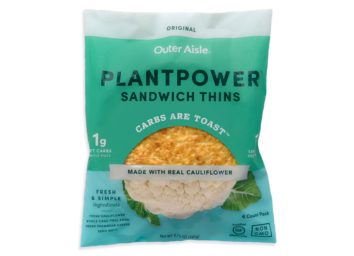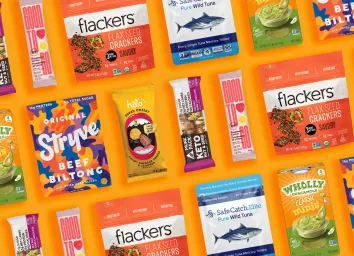Should You Be Worried About Eating Too Much Fat on a Keto Diet?
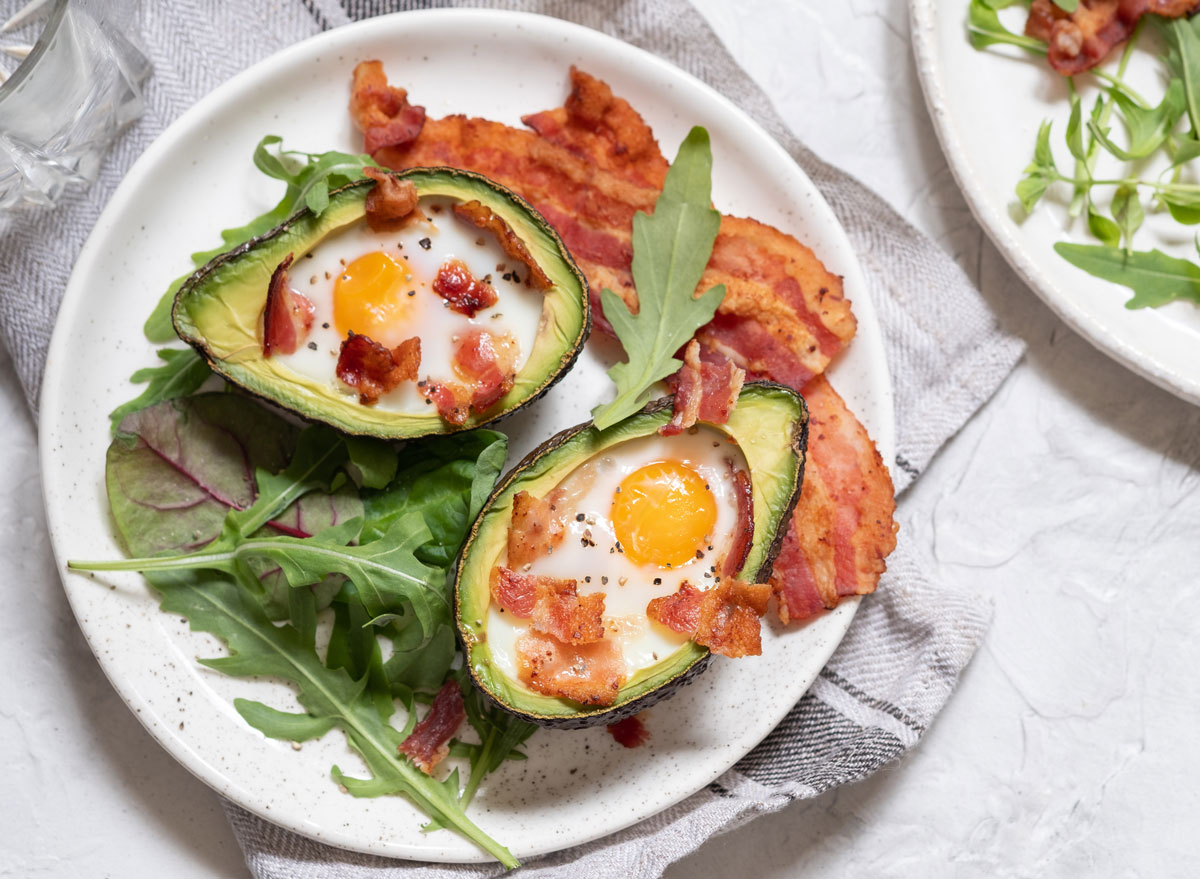
Chances are you’ve heard about the ketogenic diet and its reputation for being a quick weight-loss solution. Many have found that eating fewer carbohydrates helps them shed pounds, even with the increase in fats and protein. However, a new study released in the Journal of Investigative Dermatology links a keto diet high in a certain type of fat called medium-chain triglycerides—such as coconut and fish oil—to an increased risk of inflammation in the skin.
So we spoke to a few registered dietitians about what is healthiest when following this diet, and if there’s such a thing as consuming too much fat on keto.
What exactly is the keto diet?
Originally created to help treat those with epilepsy—especially children—the diet could also be beneficial for those with type 2 diabetes and those trying to control their blood sugar, says registered dietitian Reyna Franco. About 70 to 80 percent of the diet is fat, with 15 percent of the food consumed being protein and around 5 percent carbohydrates. The low amount of carbs sends the body into ketosis or a fat-burning state.
What foods are restricted?
Following the keto diet is a little difficult, but definitely has gotten easier over the years. Many restaurants have released keto menu items and brands have started releasing keto food products (even protein powders) low in carbohydrates in order to help the body get to and stay in ketosis. Foods that are avoided include:
- Most fruits such as bananas, mango, pineapple, and watermelon
- Grains such as rice, oats, corn, popcorn, and quinoa
- Beans
- Sugar
- Beer and some sweet wines
The number of restricted foods can be surprising, says Laura Silver, MS, RD, CDN. “It’s actually a lot higher in fat than people realize,” says Silver, with a limited amount of protein as well.
Why should you be concerned about eating too much fat?
Frankly, it depends on which kinds. Saturated fats, such as butter, fatty meat, and some oils, should be limited to less than 13 grams a day, according to the American Heart Association, because they can up your risk of heart disease. According to the Journal of Investigative Dermatology study, certain types of partially man-made fats such as coconut oil and fish oil, combined with omega 3 fatty acids can increase the risk of inflammation, especially in the skin. However, it also says fats such as olive oil, fish, nuts, avocado, and some meats, are safe against skin inflammation.
So what is the healthiest way to follow the keto diet?
Focusing on the quality of the foods you’re eating (think less processed foods) and adding in some non-starchy vegetables to your meals, since “vegetables have so few carbohydrates anyway so you can still eat a good amount,” is the best way to stay true to the diet and lower the risk of inflammation. However, “I would not say the ketogenic diet leads to bad skin or eating too much fat leads to bad skin,” Silver says, “but that’s certainly a reasonable possibility” due to the lack of sufficient research.
Be wary of stopping the diet as well, says Reyna Franco, R.D. “Once one stops the diet, they are at risk of gaining any weight loss back if they do not reintroduce carbs properly,” says Franco. This can be done by slowly eating more and more carbohydrates to avoid blood-sugar spikes.
